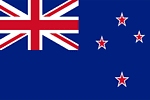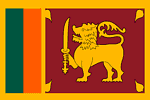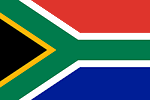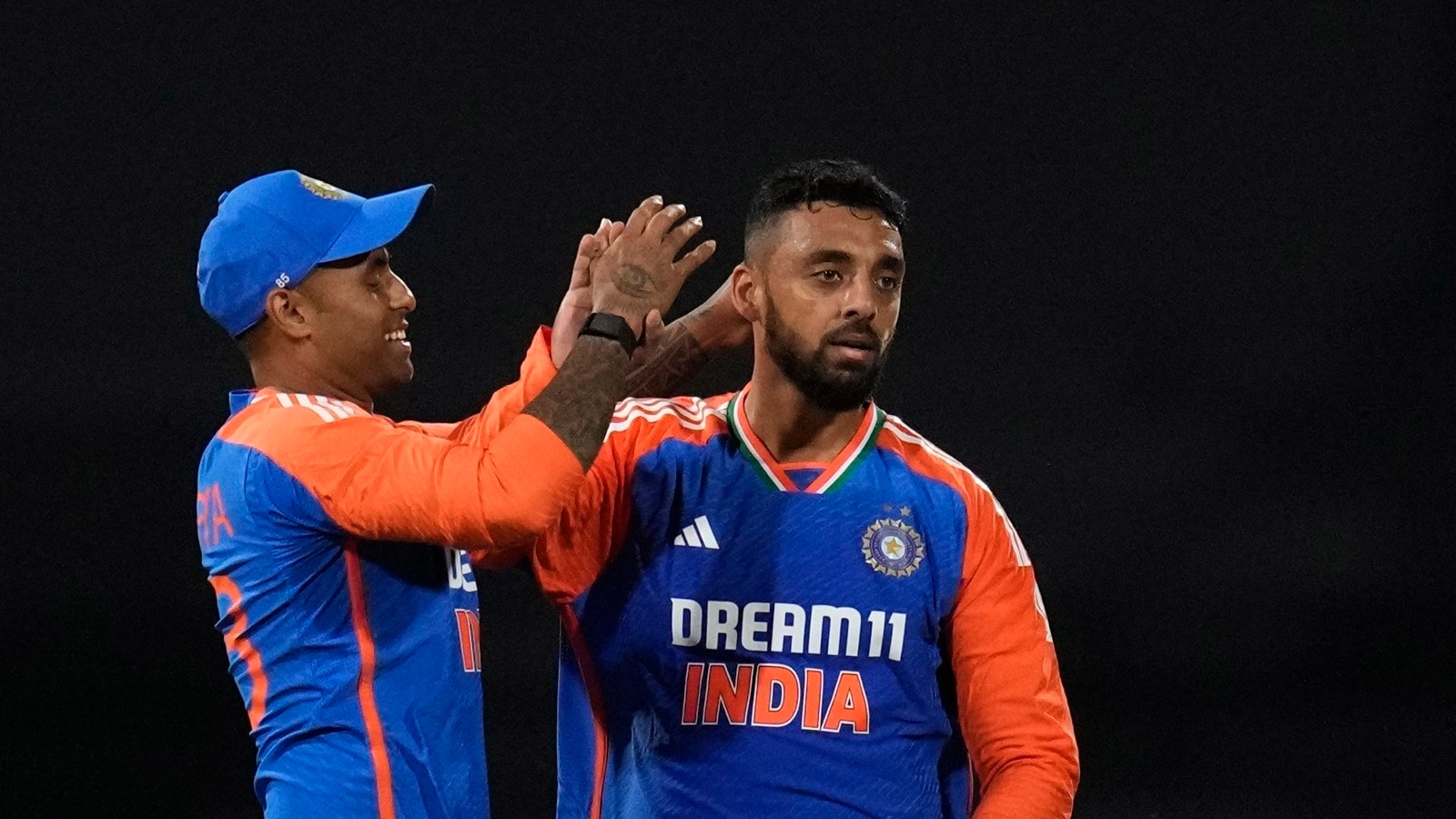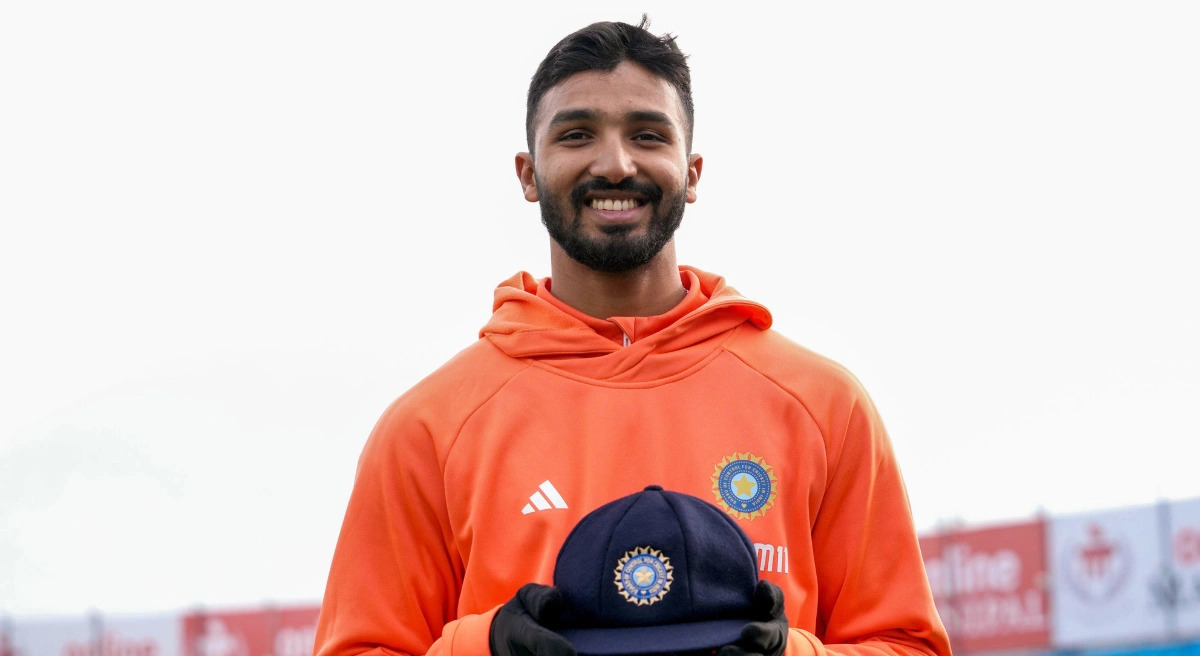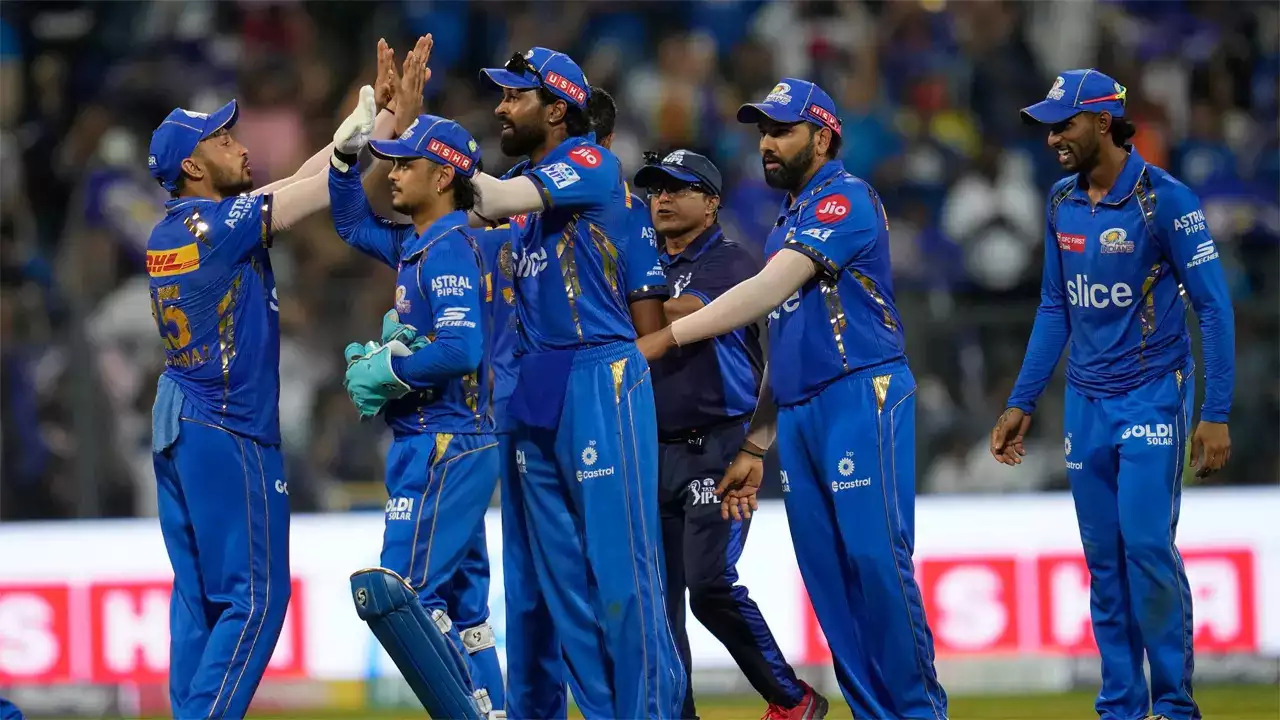In South Africa today, any cricket-related narrative is acceptable as long as it features women. Laura Wolvaardt‘s selection as skipper for the upcoming series against Pakistan and New Zealand made headlines on Thursday.
Wolvaardt was reported as saying in a CSA release, “I’ve wanted to take on more of a leadership position. It will benefit me as a cricketer, and I believe that developing my leadership skills would also improve my batting. I’m thrilled to be able to help out in various ways outside just batting.
“The experience I have on the side is what I can add to the role. Since I began playing cricket at the international level when I was 16 years old, I have made many friends in the circuit and have participated in league play. Since I’ve played a lot of cricket lately, I expect to be able to use my experience and knowledge to my advantage as team captain. As a captain, I try to handle situations on the field with what I like to think of as a cool and level-headed attitude.
From September 1 to September 14, Wolvaardt will be in command of three matches in each of the white-ball formats against Pakistan in Karachi. From September 24 to October 15, Wolvaardt will be in control of three ODIs and five T20Is against New Zealand in South Africa.
We discovered the circumstances around the vacancy that Wolvaardt filled on Friday. Sune Luus would “no longer continue her interim captaincy,” according to the CSA release that day. It made the mistake of not stating why. If you leave a void like that, rumors will quickly fill it.
Dane van Niekerk was replaced by Luus when he was disqualified from the T20 World Cup, which was held in South Africa in February due to insufficient fitness standards (which have subsequently been lifted). Under Luus, South Africa made history by winning a senior World Cup of any kind and of any gender.
Thus, it was unexpected when she left her employment. CSA’s use of the phrase “interim” also did this. Luus informed the media twice during press conferences for the T20 World Cup that she was no longer filling in for Van Niekerk, who had broken her ankle in January 2022.
It’s never easy being a stand-in captain, Luus said on February 9—more than a year after taking up the reins and the day before her team’s T20 World Cup opener against Sri Lanka at Newlands. You constantly have one foot inside and one outside. It “makes my job easier, to take control and stamp my authority on things and how I would like to go about things” for a newly appointed captain to be in charge.
Luus’ appointment was not ad hoc; it was temporary. Maybe that’s semantics, but her team’s World Cup performance and Van Niekerk’s retirement from international competition in March made the decision obvious. Of fact, Luus should have remained in the position after leading South Africa to the semifinal of the ODI World Cup in New Zealand in 2022.
How come she hasn’t? She is among the team’s senior players who have reportedly written to CSA requesting a coach with the kind of innovative ideas they have witnessed being used other franchise leagues, it has been reliably learned. The strategies used by Hilton Moreeng, who has coached South Africa for almost 11 years, are no longer effective in their eyes.
As a result, Luus resigned from his position as captain, which was the proper course of action. However, she is known to be friends with Wolvaardt, and there is a good likelihood that they feel the same way about the coach. It is true that Wolvaardt initially declined the captaincy when it was presented to her in the recent days. Why did she take it, then? “Because she’s a good person,” a source familiar with the incident told Cricbuzz. She is aware that the team requires this and that it should come first.
She is also familiar with how it feels to lead an entire country. When Wolvaardt replaced an injured Luus, the five-match ODI series between South Africa and India in Lucknow in March 2021 was level at 1-1. Under Wolvaardt, the South Africans won two straight games to win the rubber with one game remaining.
The announcement on Tuesday that the CSA will pay women the same match costs as men for international competitions and will launch the first professional domestic league for women in any team sport in South Africa this coming summer will give Wolvaardt and her colleagues a boost going into the Pakistan series.
Except for the T20 World Cup, women’s matches haven’t drawn significant crowds in South Africa and the women’s squad doesn’t fetch the same television income as the men’s team. But unlike the men, who have never advanced past the World Cup semifinals of either the ODI or T20I, the women do have a title sponsor.
Who wouldn’t want to watch female footballers target the ball in their challenges rather than watch their male counterparts slam into opponents’ ankles, especially with women’s sport of all types on the increase among spectators? Consequently, leveling the match fees is a no-brainer from a business standpoint.
With the obvious exception of the mindless wastes of social media. Swing bowler Meyrick Pringle, who represented South Africa in four tests and 17 one-day internationals between February 1992 and October 1994, wrote an article regarding the equal match fees and put it on one of his pages. Pringle’s post received the following comment: “Can they move the boundary markers back out then, please.” And this: “It’s only right that my friend, a working musician, receives the same salary as Mick Jagger.” Finally, “Now AB [de Villiers] should identify as a woman and go play some [women’s] tournaments.”
In South Africa today, you may find any kind of women’s cricket tale you want.
As long as you don’t expect them to satisfy every reader, even occasionally. In particular, those who never had the ability to cover drive quite as well as Wolvaardt.






 Win Projections to be updated soon
Win Projections to be updated soon